
Nov 19, 2024 • 4 min read
Sponsored by

Jul 15, 2024 • 7 min read

Spain's diverse landscapes have endless possibilities for adventure – as surf instructor Indar Unanue can attest.
From the lofty mountains in the north and south of the country, to the plains and olive groves of the interior, and the beaches of the Atlantic and Mediterranean coasts, Spain’s diverse topography offers endless scope for outdoor adventure.
Trekkers head for the rugged peaks of the Pyrenees, Picos de Europa and the Sierra Nevada, hit the myriad coastal and forest hiking trails, or join other pilgrims along the Camino de Santiago. Rock climbers tackle precipitous routes on rock faces across Catalonia and Andalucía, while those in search of extra thrills soar above mountain peaks in a paraglider or canyon down river gorges. Windsurfers, kitesurfers and wingboarders head for Andalucia’s Costa de la Luz and the Canary Islands, while surfers find their own private paradise along Galicia’s wave-battered coastline. All over Spain, cyclists take to quiet backcountry roads or off-road tracks to discover the best of the country’s diverse landscapes.
No matter what your level of adventure might be, there’s an outdoor experience for you in Spain. Here are some of our favorites:





Parque Nacional Ordesa Monte y Perdido is located in the Pyrenees, in the province of Aragon. Anna Kaminski for Lonely Planet
The second-most mountainous country in Europe, Spain is renowned for its superb hiking trails that traverse its diverse topography, be it the alpine meadows of the Pyrenees, the craggy Picos de Europa, the rugged foothills of the Sierra Nevada or the coastal cliffs and white-sand beaches of Andalucía's Cabo de Gata.
Peak-baggers set their sights on Andalucía's Mulhacén (11,400 feet) – mainland Spain’s highest peak – or Monte Perdido (11,000 feet) in the Pyrenees. Hikers seeking multi-day challenges tackle Galicia’s 125-mile-long Camiño dos Faros trail along the magnificent Costa da Morte (Death Coast); the spectacular GR11 (Senda Pirenáica) that connects the Atlantic (Hondarribia in the Basque Country) to the Mediterranean (at Cap de Creus in Catalonia); the 70-mile-long Anillo de Picos that links the Picos de Europa’s most scenic spots; or the 186-mile-long, stunning high altitude GR 240 in the Sierra Nevada, where you also trek between refugios (mountain huts).

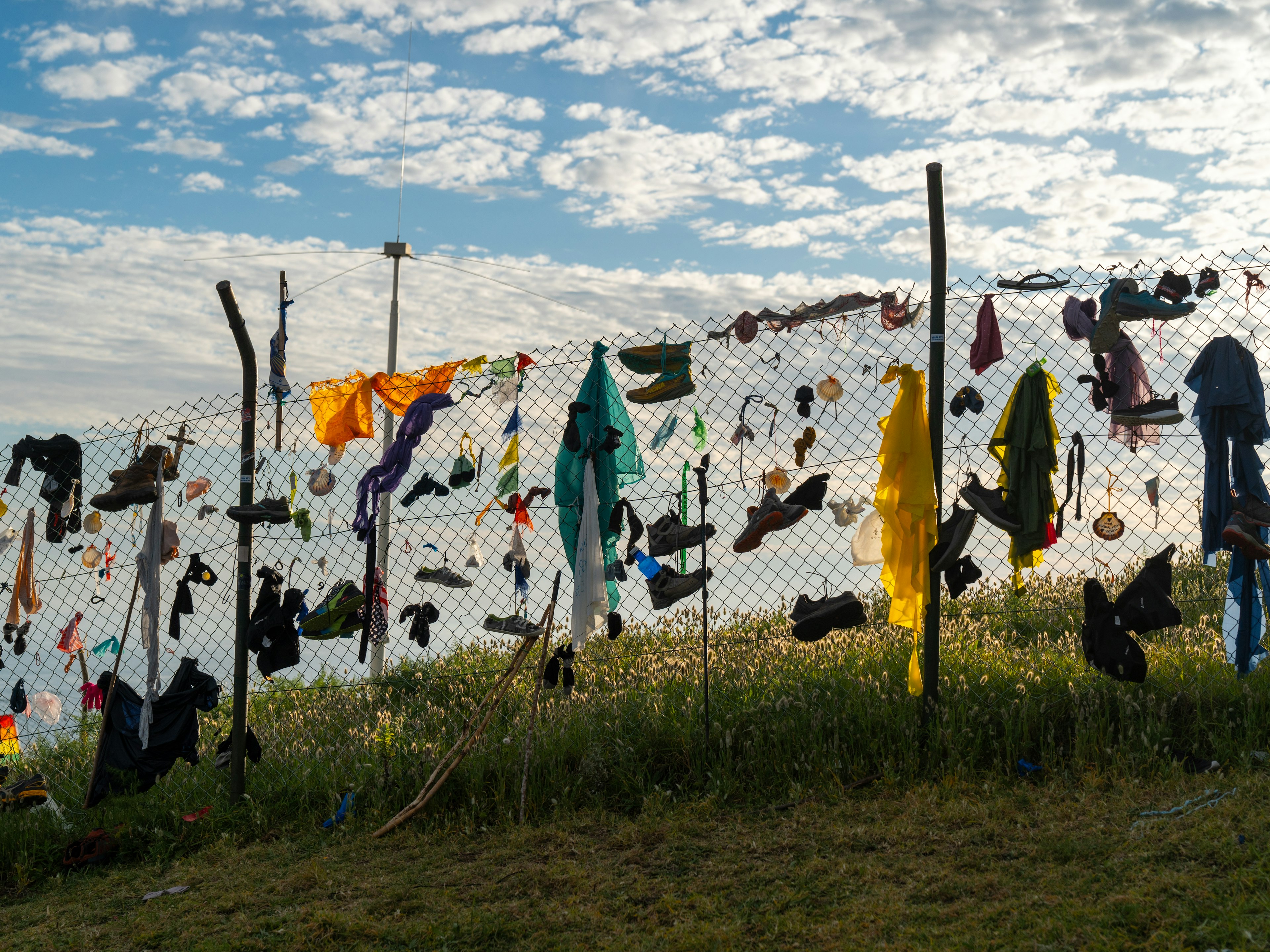
And then there is one of the world's most famous pilgrimage trails – the original 490-mile-long Camino de Santiago (or Camino Francés) route to the Santiago de Compostela cathedral in Galicia.
Some of Spain’s best day hikes are found along the Costa Brava’s Camí de Ronda, in Almería's Parque Natural de Cabo de Gata-Níjar, amidst the cork-oak woodlands of Andalucía's Sierra de Aracena, and the volcanic landscapes of Catalonia's Parc Natural de la Garrotxa.
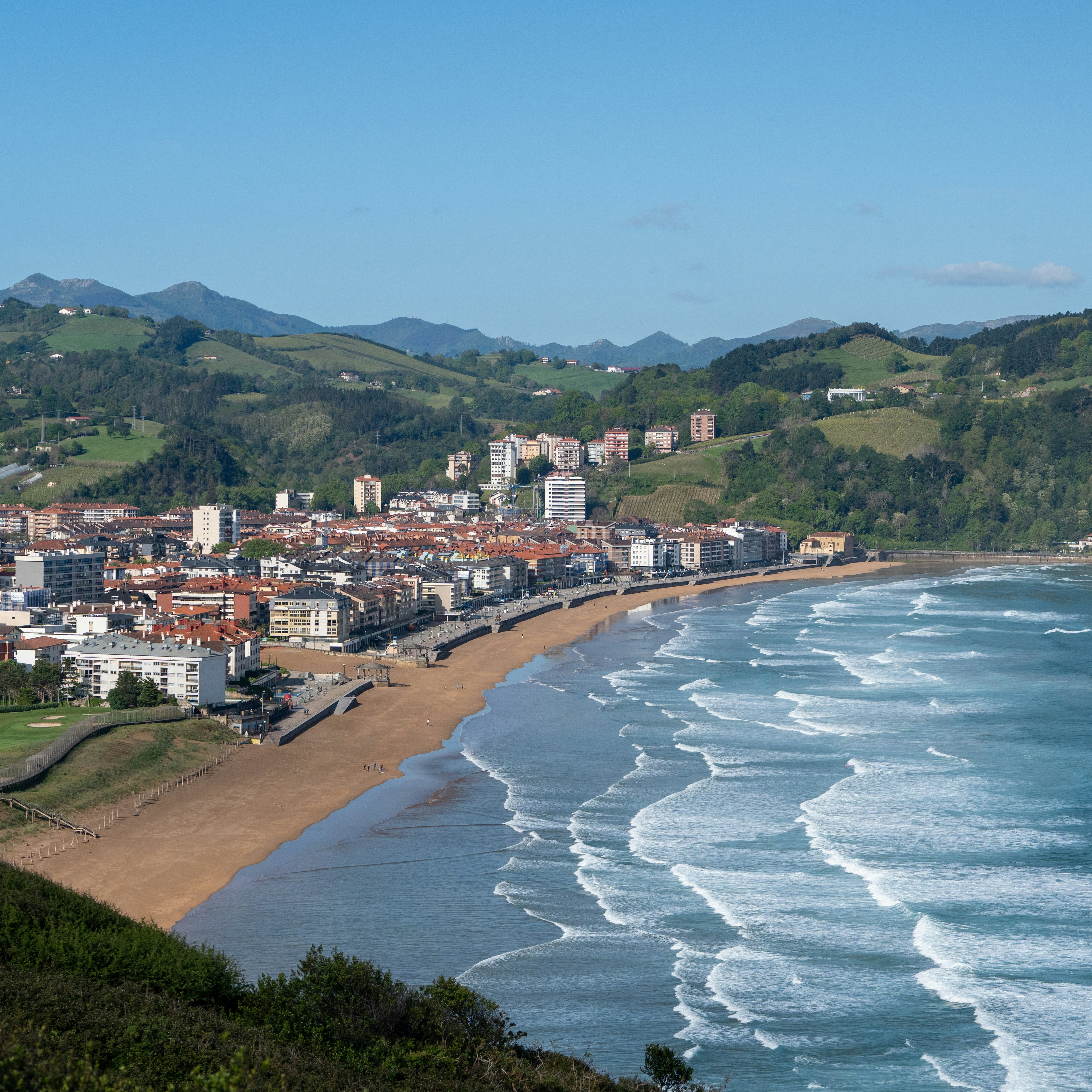
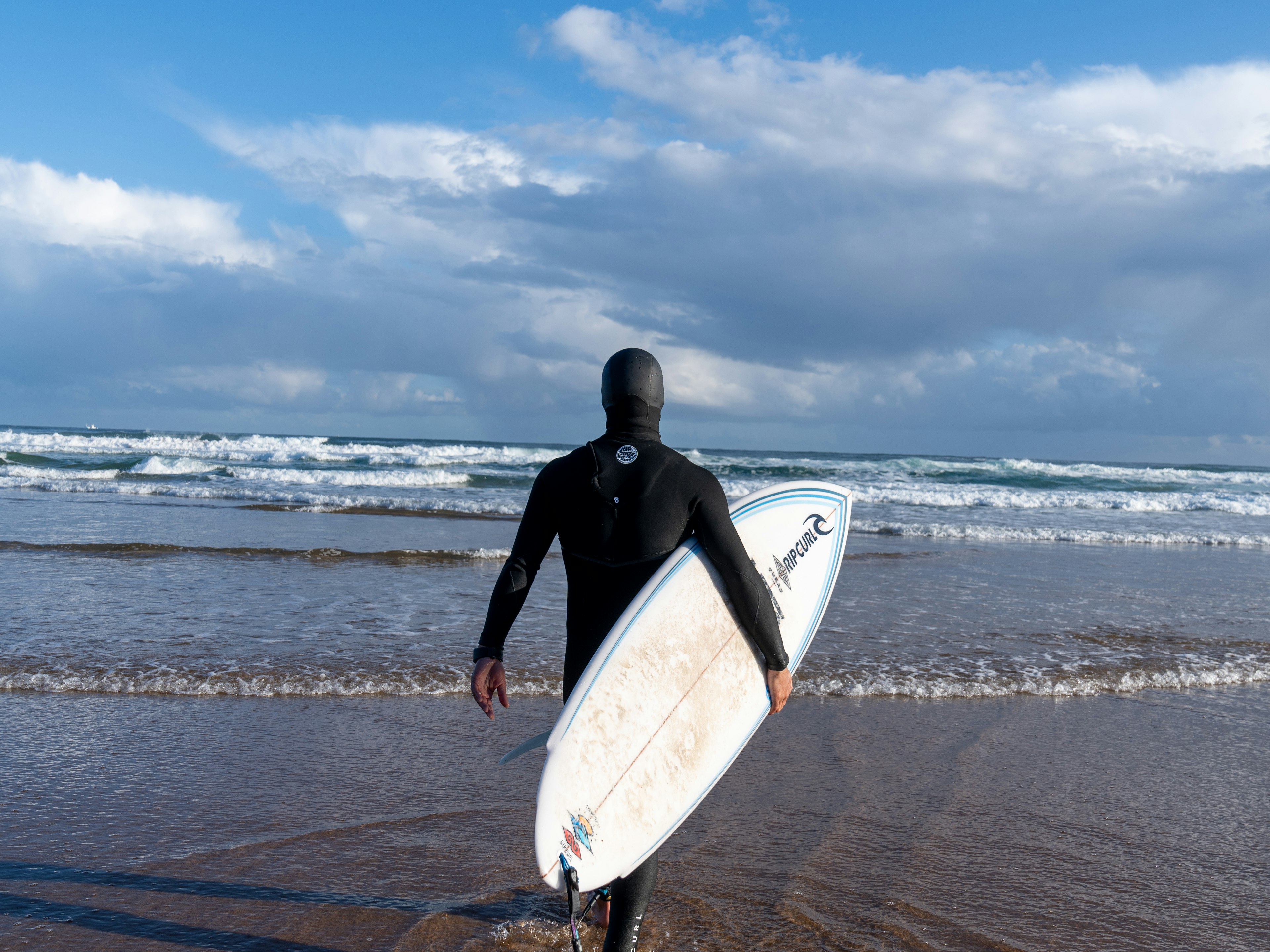
Legendary winds – the gentler, cooler poniente (west wind), and the fierce, warm levante (east wind) that blows from Africa – have made Tarifa, Spain’s southernmost point, one of the world’s top kitesurfing, windsurfing, and wingfoiling destinations, particularly during peak season of April to October. Further up the Costa de la Luz, Los Caños de Meca is a quieter kitesurfing spot, while elsewhere in Spain, kitesurfers reap the wind in Empuriabrava, Delta de L’Ebre and Castelldefels in Catalonia; plus Murcia’s Mar Menor.
Spain’s north coast offers excellent surfing for beginners and experienced surfers alike. Top spots include the Mundaka river break in Basque Country; Playa Rodiles in Asturias and Playas de Somo and Liencres in Cantabria. Galicia’s Atlantic coast is no slouch either, from isolated breaks along the treacherous reefs of the Costa da Morte to Praia de Pantín in the Rías Altas. Heading south, El Palmar, just northwest of Cabo de Trafalgar, is the pick of Andalucía’s powerful winter beach breaks.
Surfing, windsurfing and kitesurfing are also popular on the Canary Islands, and schools offering classes and equipment rental are easy to find on the windier coasts. There are a variety of spots to choose from, ranging from the beginner-friendly sandy beach breaks of Fuerteventura to the heavy reef breaks of Lanzarote and Gran Canaria.
There also are plenty of SUP (stand-up paddleboarding) spots along the Andalucian coast, on Catalonia’s Costa Brava, and in Santander in Cantabria.
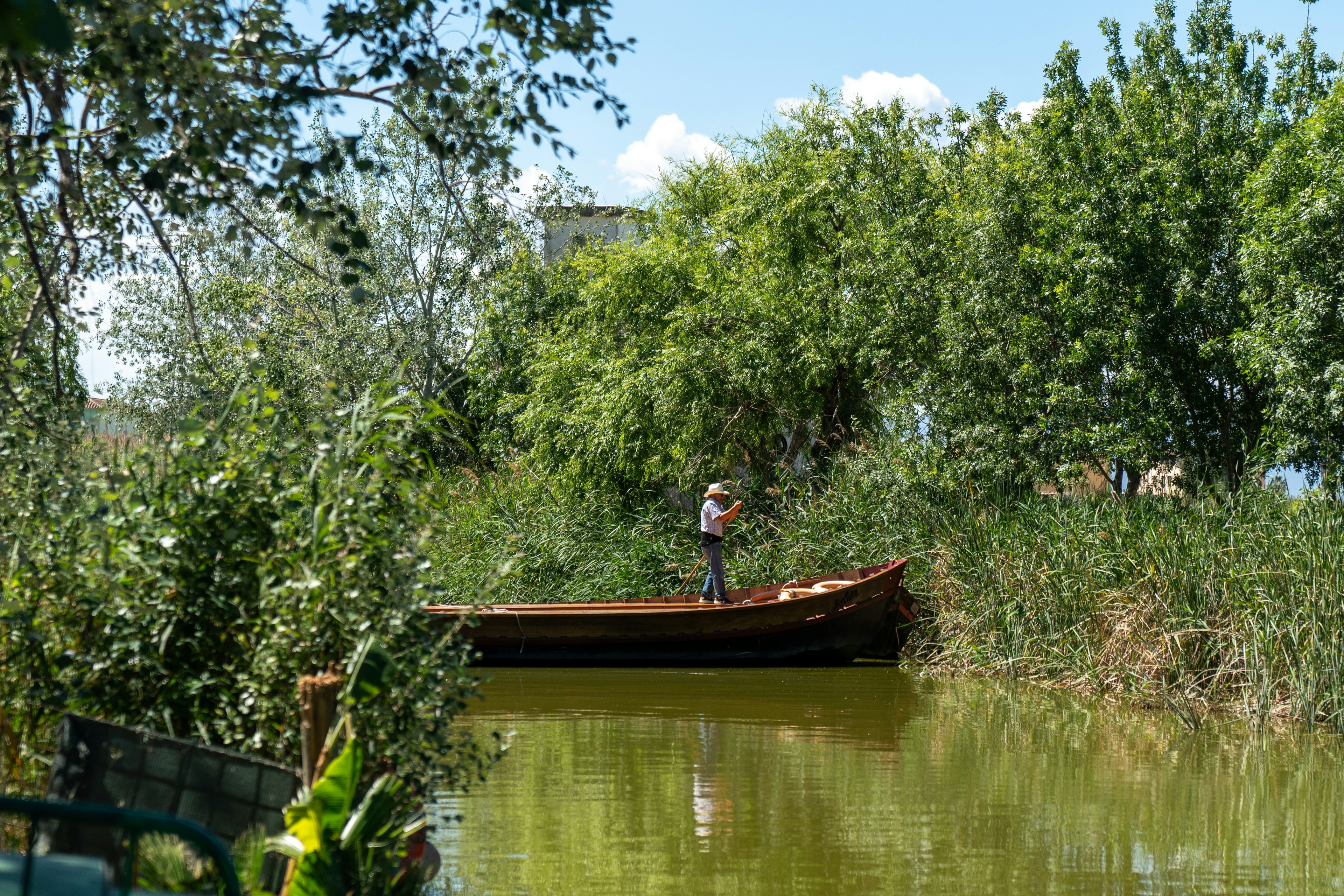
Beneath the waves there’s even more to explore. The variety of marine life and the warm, relatively calm waters of the Canary Islands make them a great place for diving or snorkeling. The volcanic coast is made up of beautiful rock formations and caves and you can spot around 350 species of fish and 600 different kinds of algae. In Andalucía, the best diving and snorkeling is around Cabo de Gata, the marine reserve’s posidonia seagrass meadows, El Vapor wreck, caverns and canyons attracting eagle rays, sunfish, moray and conger eels, grouper, angelfish and barracuda.
Cabo de Palos, the southern limit of Murcia’s Mar Menor saltwater lagoon, is the jumping-off point for the Islas Hormigas marine reserve, where there are good reef and wreck sites. Off Catalonia’s Costa Brava, Palamós is the access point for the Boreas shipwreck, teeming with octopus and spiny lobster. But the Costa Brava’s undisputed highlight are the protected Islas Medes, accessed from l’Estartit, with their wealth of underwater caverns and swim-through tunnels, covered in sponges and sea fans.
Watersports aren’t all relegated to the coasts – there’s plenty of tranquil kayaking and canoeing to be done on Spain’s hundreds of rivers, including the Sella (Asturias) and Deva (Cantabria).
When you’re ready to ramp up the excitement, Catalonia's turbulent Noguera Pallaresa, Aragón's Gállego and Ésera, Cantabria's Carasa and Galicia's Miño are best for white-water rafting and white-water kayaking, with May and June being the best months. Some operators also offer hydrospeeding (water tobogganing).
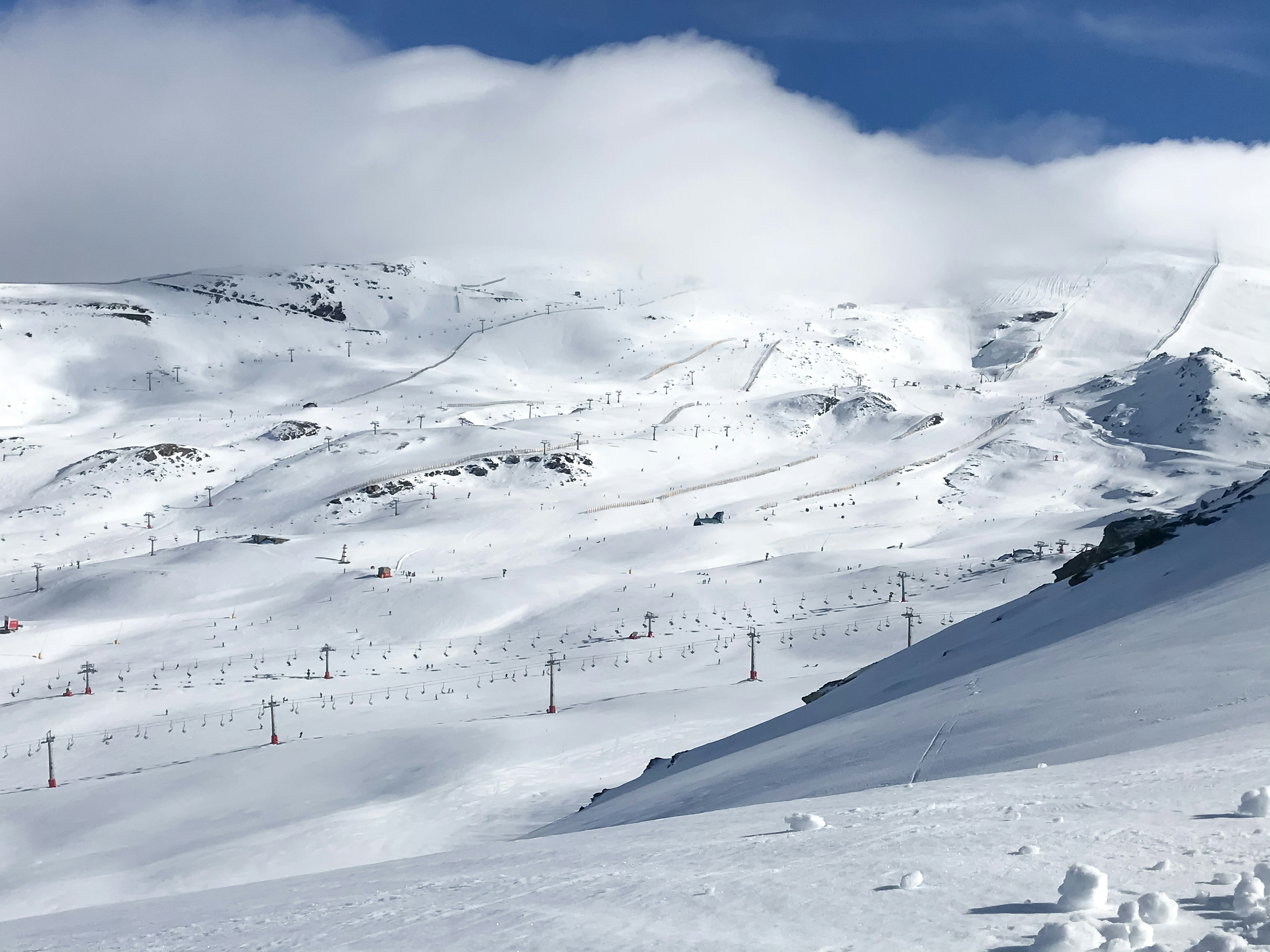
From late November to April, Spain’s skiers hit the slopes. Most of the country’s ski resorts are in the Pyrenees – Catalonia’s 72-piste Baqueira-Beret-Bonaigua with its 65 miles of downhill runs is considered the best snow. La Molina (Spain’s first resort), Masella, Espot and Núria are other popular Catalonian ski resorts, while in Aragón, you can carve through fresh powder in Formigal and Candanchú. The latter has 37 miles worth of runs, and 22 miles of track for cross-country skiers.

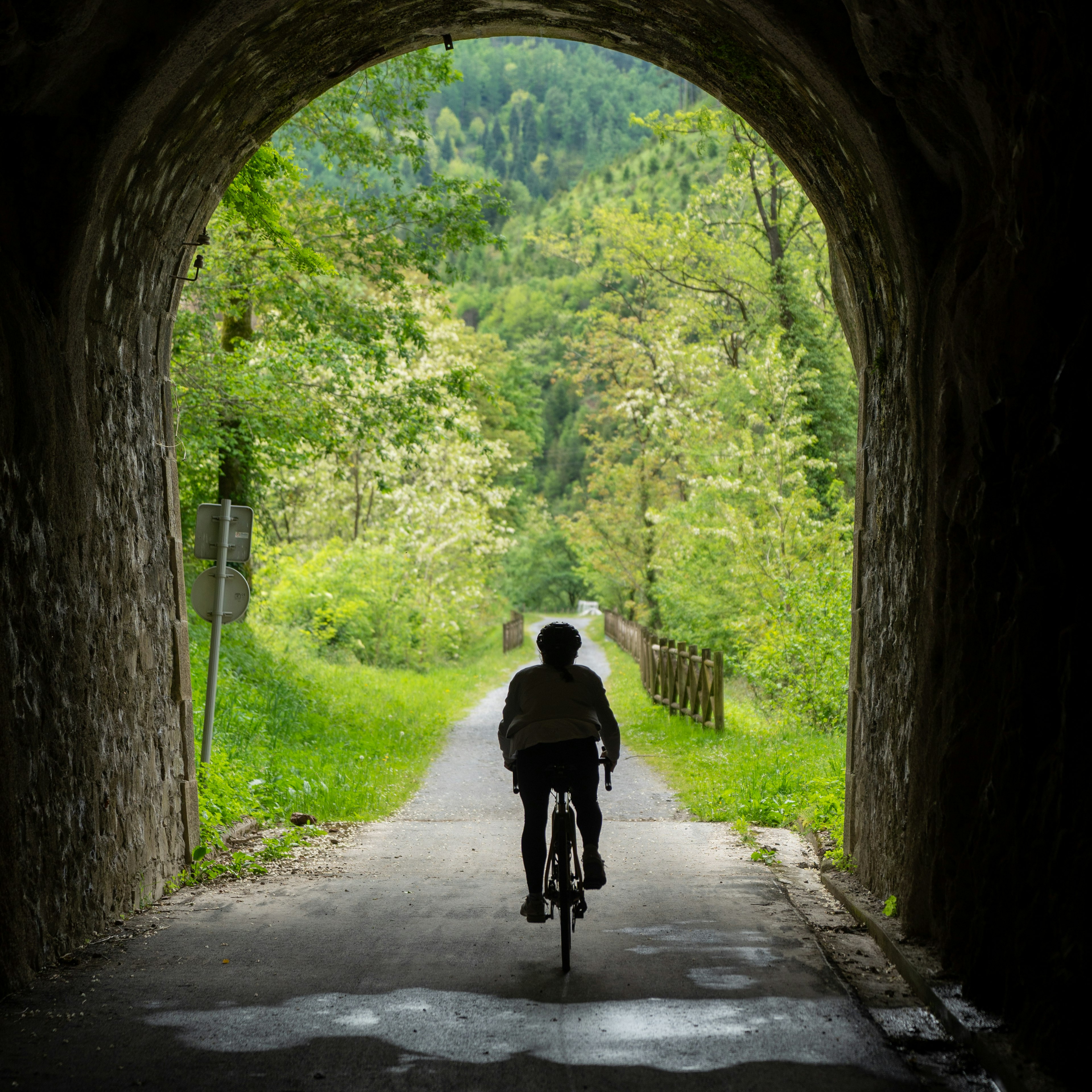
From tranquil day rides to challenging multi-week expeditions, Spain is full of two-wheeling possibilities. Besides a countrywide network of quiet country roads, each Spanish region has designated touring trails and routes for cyclists, both on and off-road.
BTT (bici todo terreno, meaning 'mountain bike') enthusiasts should hit the pistas forestales (forestry tracks) in the sierras (mountain ranges). Besides the original Camino de Santiago, popular long-distance touring routes include Asturias’ Senda del Oso, the Ruta de la Plata, and the 373-mile-long Camino del Cid, while the Pyrenees foothills around Aínsa and Benasque-Castejón de Sos in Aragón, Galicia’s Ribeira Sacra region and Andalucía’s Sierra Nevada are popular with off-roaders.
Additionally, Spain’s growing network of Vías Verdes (decommissioned railway tracks converted into easy bicycle/hiking trails) allow you to explore more than 2,100 miles of scenic countryside.
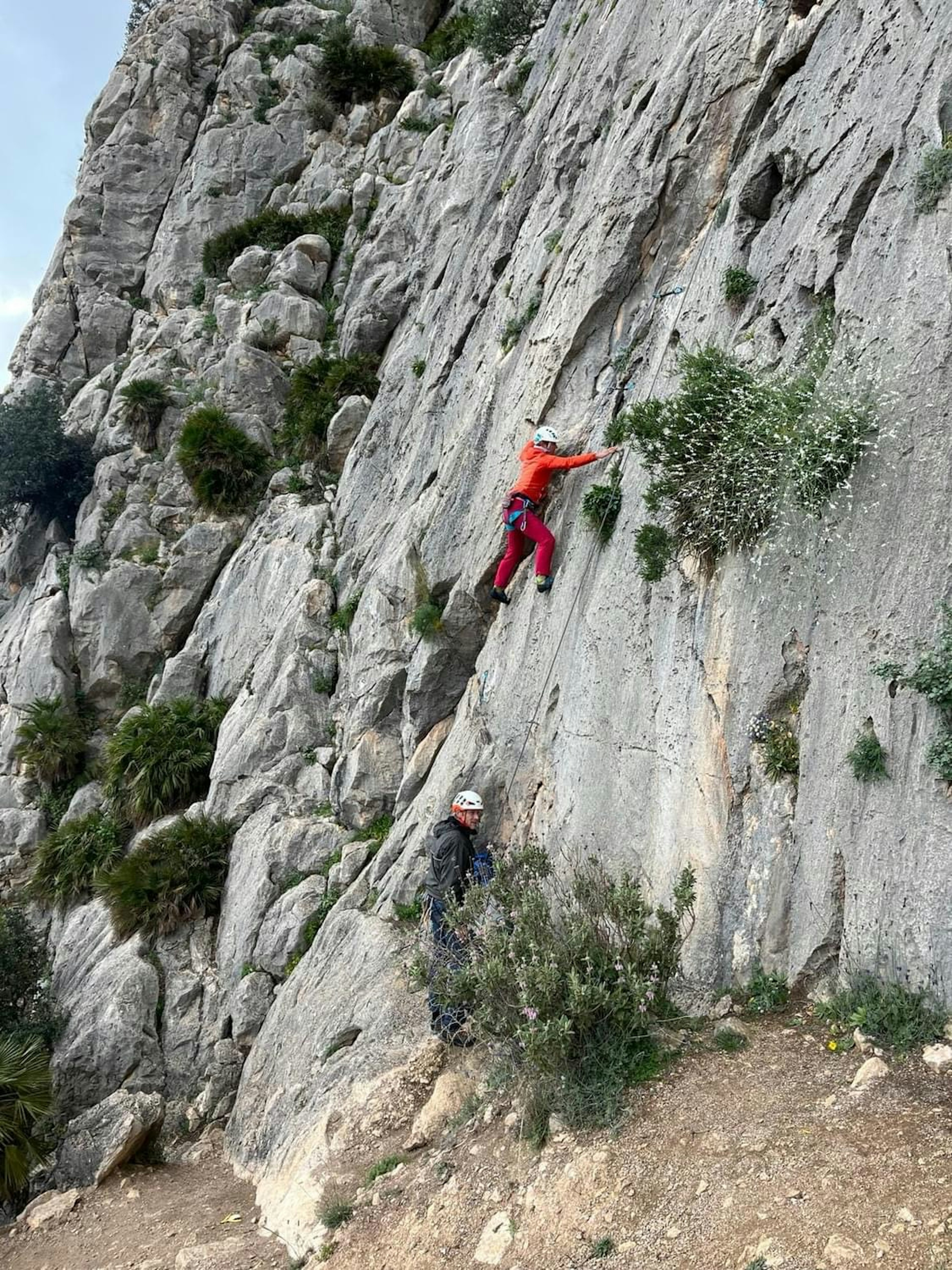
There are numerous opportunities to contemplate Spain’s mountains and gorges from a more vertical perspective. For expert rock climbers, the Picos de Europa’s Naranjo de Bulnes peak, the Pyrenees’ Sobrarbe and Ansó Valley, and La Hoz del Júcar near Cuenca are prime attractions, while climbers of all abilities can learn the ropes in La Pedriza in the Sierra de Guadarrama, near Madrid; in the Basque Country’s Gorbea and Anboto mountains, and in Torcal de Antequera in Andalucía.
Vie ferrate (lofty playgrounds consisting of footholds, ladders and steel cables strung across sheer chasms) are another way to explore Spain’s rock faces. There are routes of varying difficulty in Sorrosal and Foradada del Toscar in the Pyrenees, Larraona in Navarre, El Caliz in Cantabria, Peña Karria in Burgos, Montserrat near Barcelona, plus Andalucía’s El Chorro and the Ronda gorge.
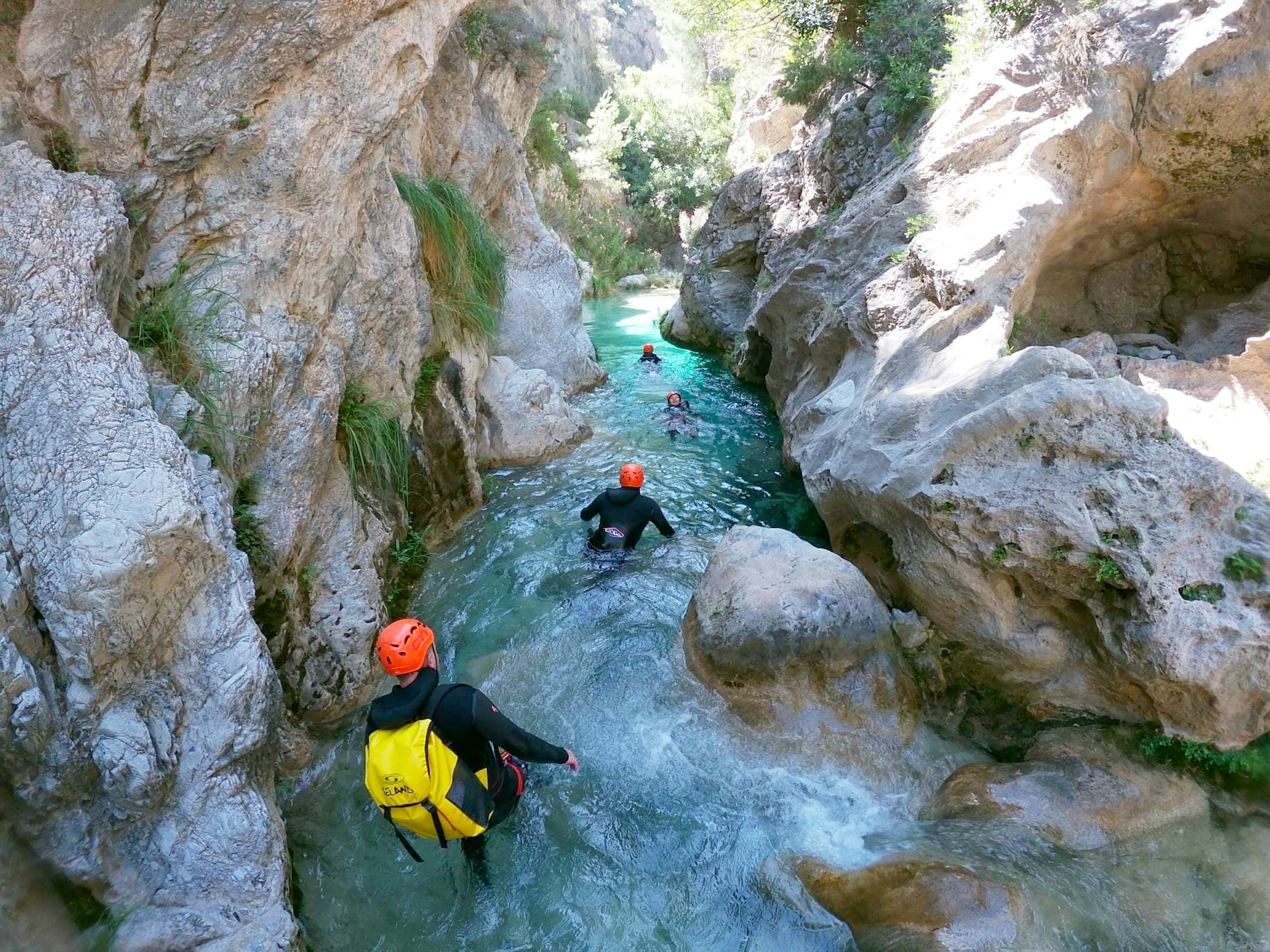
Spain’s mountain ranges throw down a gauntlet if you want to engage in more adrenaline-packed activities like canyoning. Donning helmets and wetsuits, fresh air fiends can descend steep-walled canyons, abseiling down waterfalls, sliding along natural water slides and leaping into turquoise pools. Exhilarating canyoning excursions are particularly popular in Alquézar in Aragón, Cangas de Onís in the Picos de Europa, Sierra de Grazalema and Sierra Nevada in Andalucía, and Pallars Sobirà in the Catalan Pyrenees.
In Andalucía’s Parque Natural Sierras de Cazorla, as well as Andalucía’s Sierra de Grazalema and Castejón de Sos in Aragón, novices may try their hand at either ala delta (hang-gliding) or parapente (paragliding) with the help of local operators.
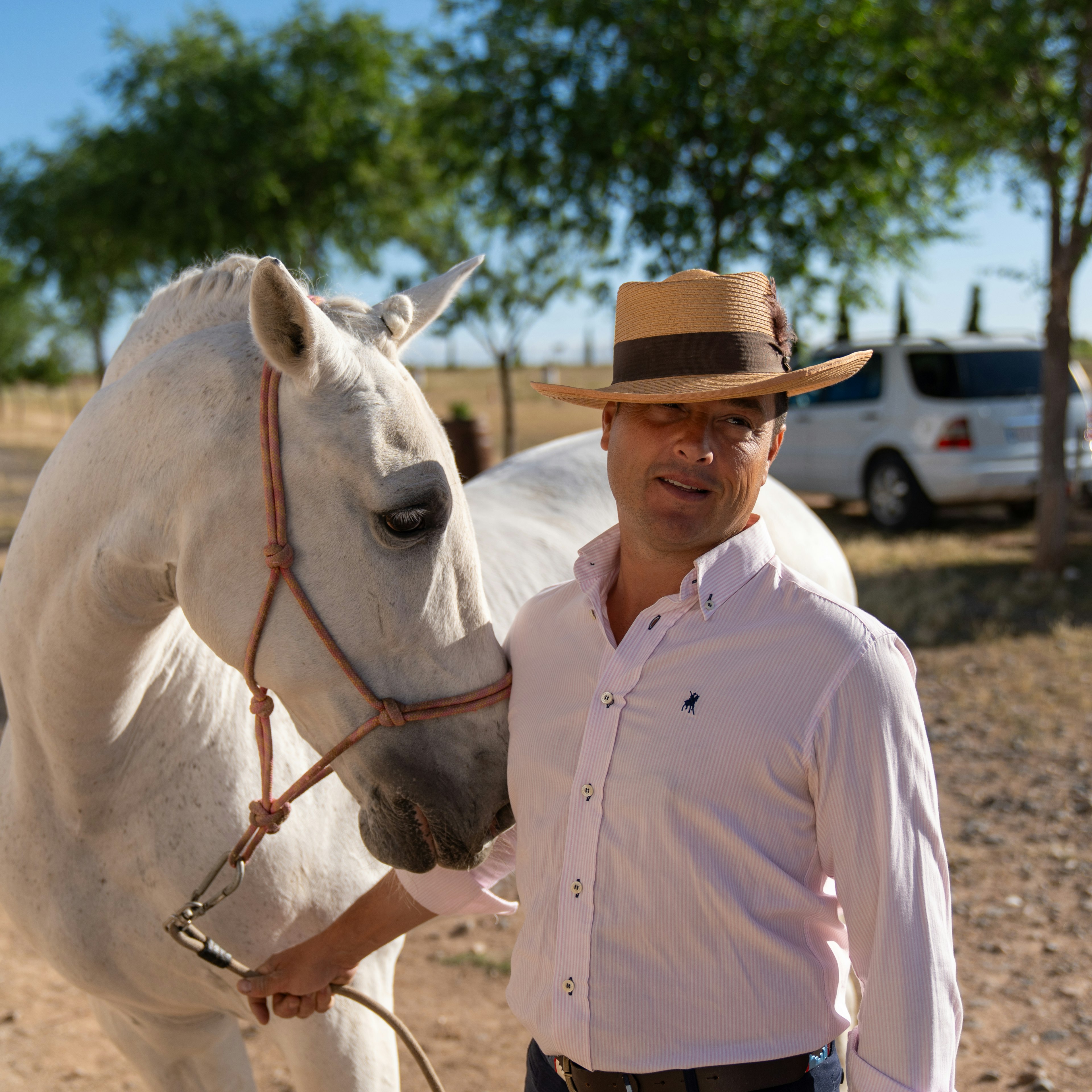
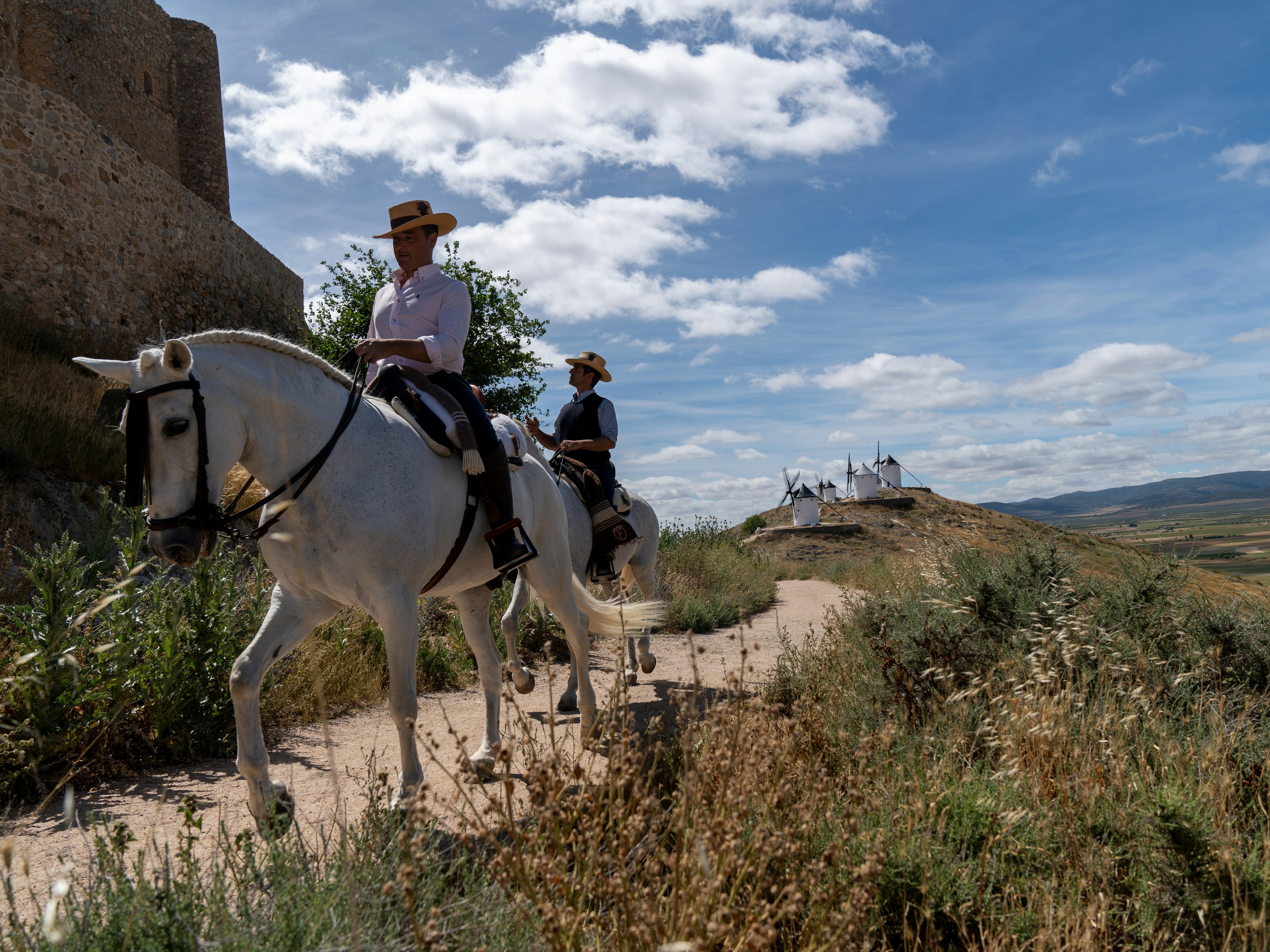
Horseback riding is the perfect way to see Spain’s diverse landscapes, from rugged mountains to rolling vineyards. Ride along the centuries-old muleteer trails, known as ‘Caminos de los Arrieros’ or ‘Caminos de los Muleteros,’ which were historically used for transporting goods like wine, olive oil, grains, and textiles.
Alternatively, you’ll feel like Don Quixote with a horseback tour of Castilla-La Mancha. Equestrian school Centro Ecuestre Los Caireles leads tours of the region’s rolling hills, vast plains and – most iconic – Consuegra's famous windmills.
Spain has an outdoor activity custom-made for any adventurer. So, pack your gear, set your sights on one or more of these diverse landscapes, and let the endless possibilities unfold.
As a travel entertainment and inspirational media outlet, we sometimes incorporate brand sponsors into our efforts. This activity is clearly labeled across our platforms.
This story was crafted collaboratively between Turespaña and Lonely Planet. Both parties provided research and curated content to produce this story. We disclose when information isn’t ours.
With sponsored content, both Lonely Planet and our brand partners have specific responsibilities:
Determines the concept, provides briefing, research material, and may provide feedback.
We provide expertise, firsthand insights, and verify with third-party sources when needed.
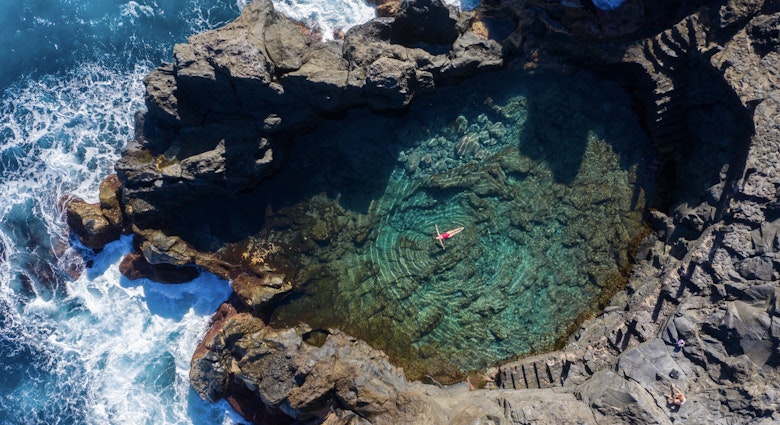

Nov 19, 2024 • 4 min read


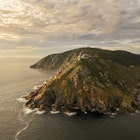
Nov 6, 2024 • 9 min read


Oct 23, 2024 • 6 min read


